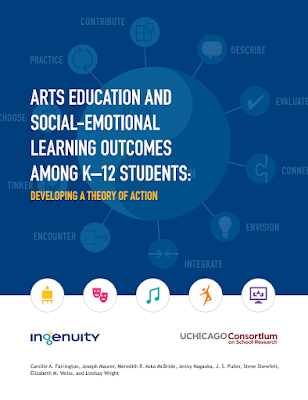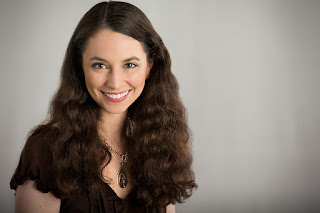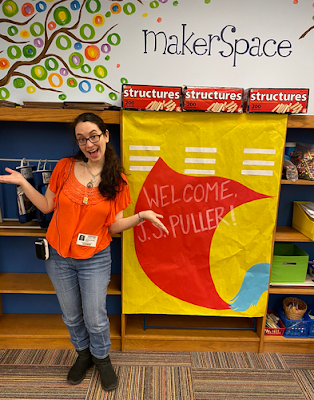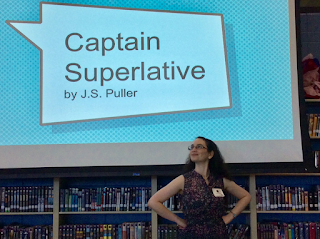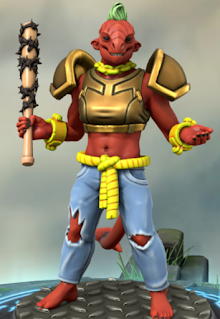By J.S. Puller
Those of us who spell the word “theatre” in the correct way (and I have fought more than one editor about this) have a tendency to quote the great acting teacher Konstantin Sergeyevich Stanislavski liberally. His name is sacred, said in a hushed whisper that others would reserve for prayer. “Stanislavski says you should do it this way.” “Oh, let’s do it the Stanislavski way.” “You can’t argue with Stanislavski’s Method.” While my feelings on method acting border on blasphemy, I have to give credit where it’s due; Stanislavski got one thing right when, in a possibly apocryphal anecdote, he commented to one of his students, “We act for children the same way we act for adults—only better.” Would that every theatre practitioner saw things this way.
THE PROBLEM
All too often, theatre for young audiences is treated as the forgotten middle child of the theatrical world. It’s seen as a money-making addendum to the regular season, a throwaway matinee piece worked by second-tier actors, while the headliners memorize Ibsen and Shakespeare. Visit the website of a theatre company that isn’t dedicated to theatre for young audiences. Their children’s programming—if they have any—will be buried in a submenu somewhere, or down at the bottom of the homepage.
In some cities, it’s less desirable for a performer to even bother auditioning for children’s theatre. Maybe theatre for young audiences isn’t even eligible for awards season. In Chicago it’s not. Sometimes, the cast don’t even get to have their bios in a Playbill, while the mainstage performers are featured and lauded and applauded.
Worse still, theatres are often afraid to take risks when it comes to what they present to young audiences. My undergraduate mentor, Rives Collins, used to refer to this as the “tyranny of titles.” You’re more likely to find a “name brand” form of entertainment—a variation of Cinderella or other famous fairy tale, a recognizable musical like You’re a Good Man, Charlie Brown, or an adaptation of a popular movie such as Shrek—than you are to find something ambitious, something new, something that tackles issues facing young audiences in the world we live in, rather than the world of “once upon a time.”
And what a pity that is, especially as theatre for young audiences can often serve as a gateway drug into the larger world for children. As Whitney put it, “I believe the children are our future.”
THE POTENTIAL
I have a whole soapbox diatribe that I often present when talking about the importance of arts education, and particularly theatre. This largely stems from research I’ve done with the University of Chicago Consortium on School Research and Ingenuity, Inc. To summarize it quickly: “Exposure to arts opportunities allows students and teachers to engage with one another in a way that often stands in contrast to how they engage with each other in the context of regular academic instruction and that provides rich opportunities for social-emotional learning [and]…arts education can be a powerful force in supporting students’ social-emotional development.” Social-emotional development includes skills such as self-discipline, interpersonal skills, and empathy. Read more of the research here.
But why would they bother with the theatre at all when they’re served a fare that’s mediocre, that isn’t given the same attention and dedication as the adult work?
Here sits a perfect opportunity to talk to children and reach them. And it’s being wasted.
THE CALL TO ACTION
It has been an honor to serve as a guest blogger for SCBWI this month. I’ve enjoyed the opportunity to experiment with a new medium and reach a new audience. As my month comes to an end, I want to use my final post as a call to action. I believe that children deserve the best of the best, in order to benefit from theatre for young audiences. And I have the audacity to rewrite Stanislovski, making it “We write for children the same way we write for adults—only better.”
When I began the month posting to the SCBWI blog, I talked about how my experience writing for children’s theatre and how the advice I gave my writing students taught me how to give advice. Now is the time I when I try to rally the troops, so to speak. To energize and ignite you fabulous authors out there. And give you a new avenue to consider. Children’s theatre needs fresh perspectives and stories that matter.
So I say to you: Turn your novels into plays!
There is so much power in SCBWI. We’re an organization of award-winning authors writing award-winning stories. This is a new way to share your stories. Write plays! Not only will it spread your work, but I believe it can revive the wheezy and troubled children’s theatre scene. We’re all in this business to help children; whether it’s to teach them, reach them, or just entertain for a little while. Let’s use the power of the theatre to empower them in return.
ABOUT THE AUTHOR
J. S. Puller is a playwright and author from the Windy City, Chicago. She has a master’s degree in elementary education and a bachelor’s degree in theatre from Northwestern University. She is an award-winning member of the American Alliance for Theatre and Education. When not writing, she can usually be found in the theatre. She is the author of two novels, CAPTAIN SUPERLATIVE and THE LOST THINGS CLUB. She also has several published plays, including: WOMEN WHO WEAVE (Playscripts, Inc.), PERSEUS AND MEDUSA - IT'S ALL GREEK TO ME! (Lazybee Scripts), and THE DEATH OF ROBIN HOOD (Stage Rights).
Website: pullerwrites.wordpress.com
Twitter: twitter.com/pullerwrites
Facebook: facebook.com/puller.writes


